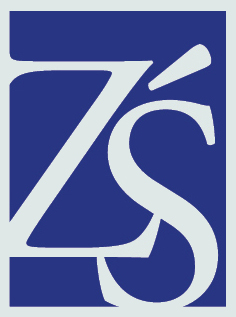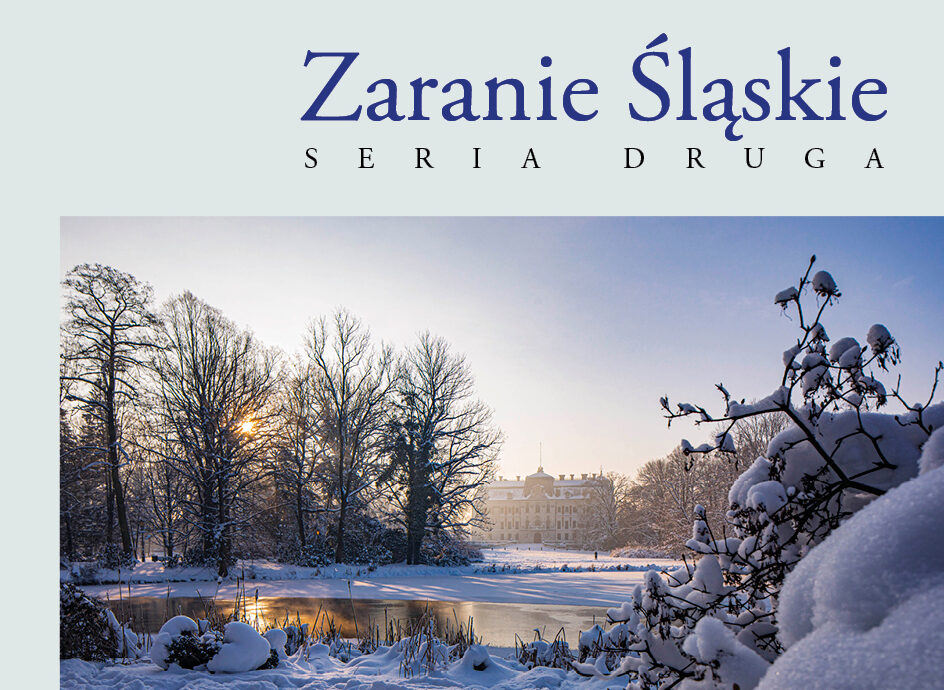The first stage of the political and military battle for Upper Silesia. The First Silesian Uprising in Polish school history textbooks of the 21st century
Keywords:
First Silesian Uprising, Upper Silesia, history education, school textbooks, political strifeAbstract
School history education, despite many variables affecting its shape and character, is still very much based
on the oral transmission of the teacher and on textbooks. Examination of the content provided by individual teachers behind the closed doors of the classrooms in which they work with students is practically
impossible on a larger scale. The situation is different with regard to school history textbooks, which, first
of all, have been developed on the basis of the core curricula announced by the minister of education and
science. Secondly, they are reviewed by experts specially appointed for this purpose. Thirdly, they are publicly available, and thus can be comprehensively assessed. The described conditions allow for the assessment of particular events from the past, including the first political and military battle for Upper Silesia,
with particular emphasis on the First Silesian Uprising of 1919. The events of August of that year occupy
a place adequate to the role and importance they had in the process of shaping the borders of the Polish
state after World War I in the pages of textbooks that have been used in the Polish schools for over twenty
years. For obvious reasons, they occupy much more space in textbooks for secondary schools, which also
contain more iconographic materials and instructions for students. In conclusion, it should be stated that
most of the textbooks analyzed enable the students to learn the most important facts about the genesis,
course and significance of the uprising.
Downloads
Downloads
Published
Issue
Section
License

This work is licensed under a Creative Commons Attribution-NonCommercial-NoDerivatives 4.0 International License.
Since transitioning to a digital format, the journal has been operating under open access, meaning all content is freely available to users and institutions.
In issue 8 (2022), published articles are licensed under the Attribution 4.0 International (CC BY 4.0) license.
The full license text is available at: https://creativecommons.org/licenses/by/4.0/legalcode.
Since issue 9 (2023), published articles are licensed under the Attribution-NonCommercial-NoDerivatives 4.0 International (CC BY-NC-ND 4.0) license.
The full license text is available at: https://creativecommons.org/licenses/by-nc-nd/4.0/legalcode.pl.



